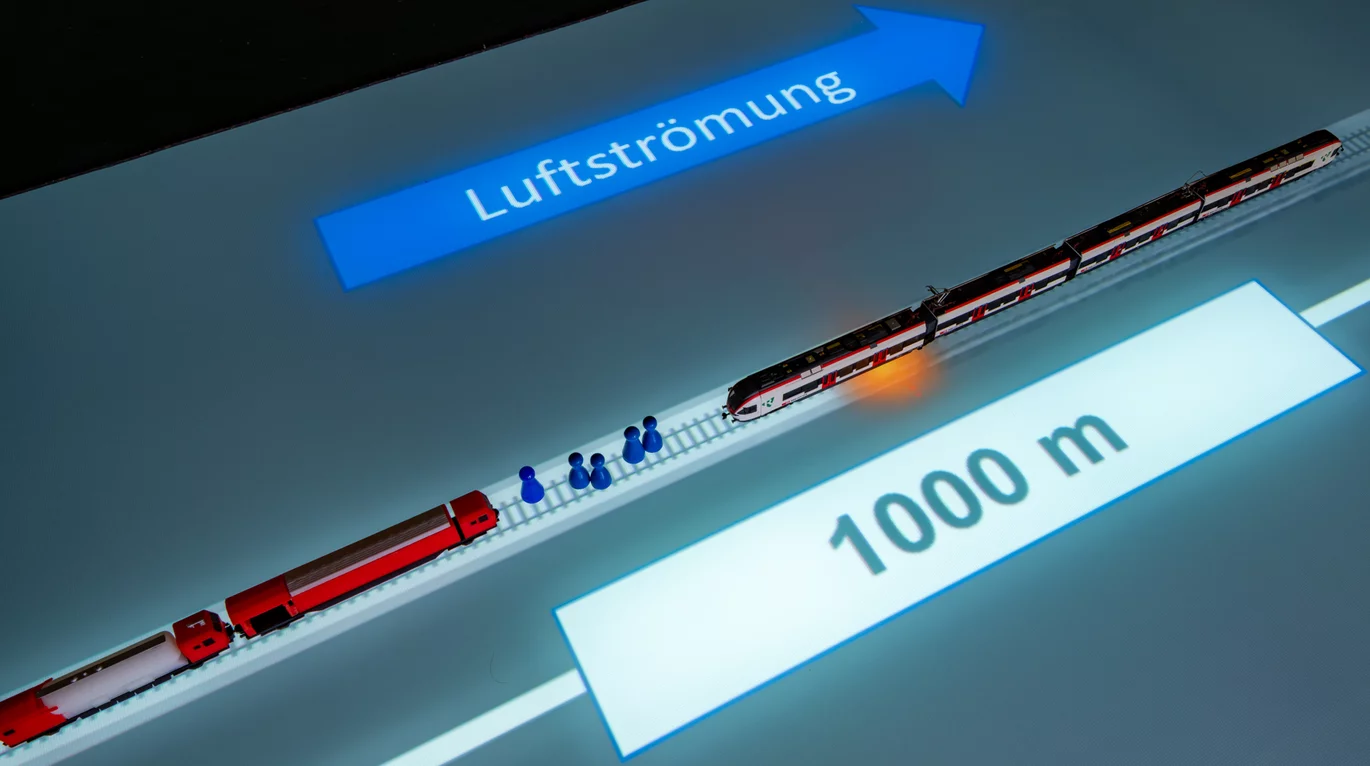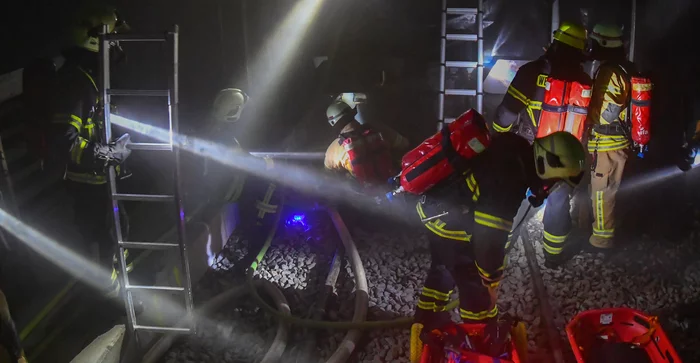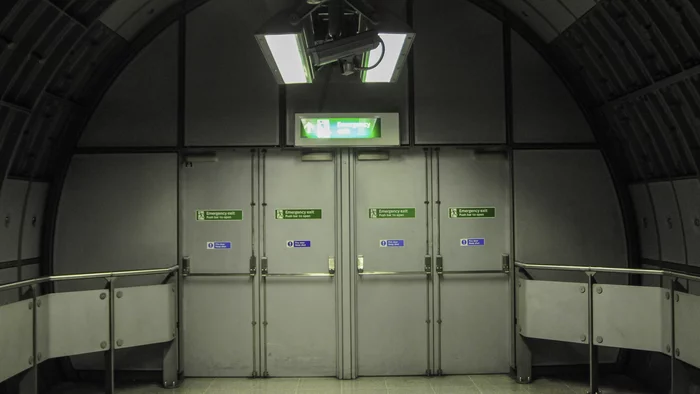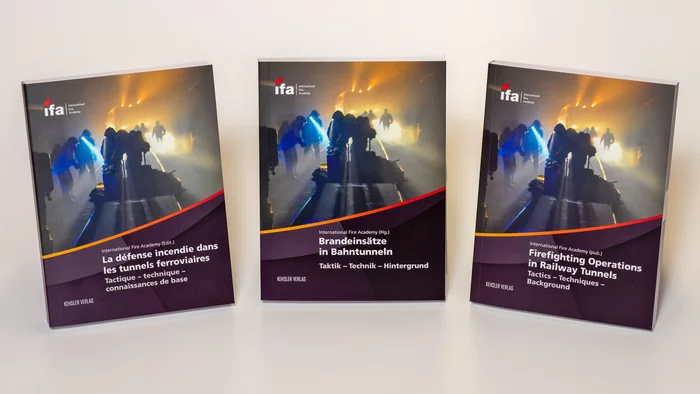In our officer courses, it is often suggested that if a train fire breaks out in a tunnel, the part of the train that is not on fire should be uncoupled and pulled out into the open. This magazine article explains why this tactical option is virtually impossible to implement under operating conditions for passenger trains and represents a significant challenge for freight trains requiring specialised personnel.
Separation of passenger cars requires expertise
In addition to the coupling that transmits the tractive force, passenger train cars are connected with compressed air hoses, control cables and power lines, usually with a voltage of 1000 volts. Therefore, working on such a coupling system requires specialised knowledge that firefighters do not usually have. However, even experts would find separating passenger cars under operating conditions difficult, especially in a tunnel and while wearing a breathing apparatus.
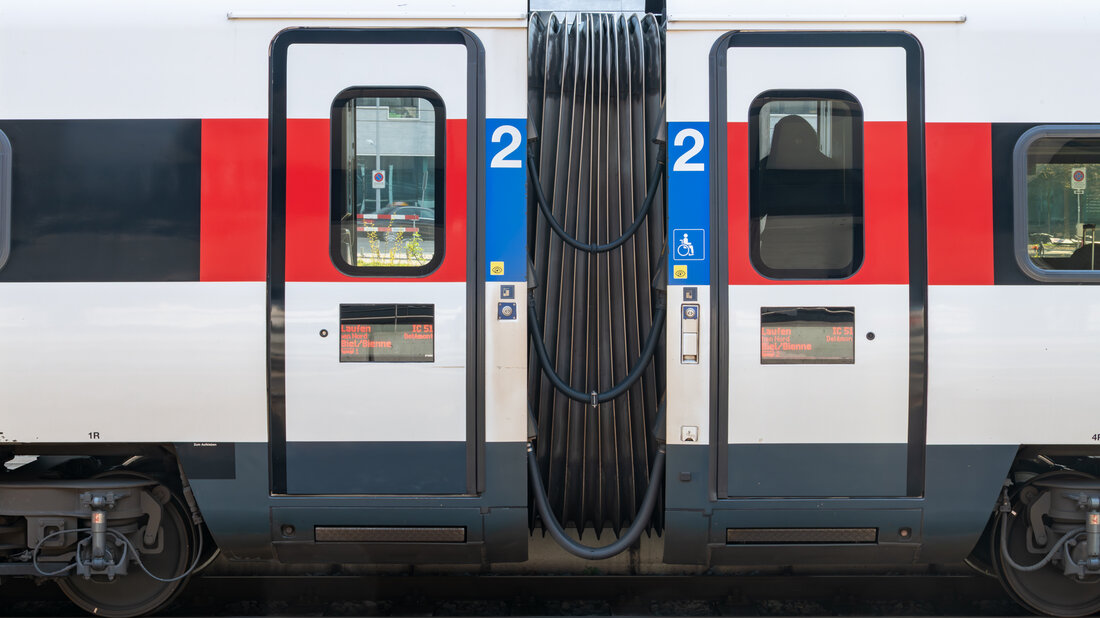
Some cars can only be separated if they are lifted
Many high-speed trains, such as the TGV (Train à Grande Vitesse), can only be separated under workshop conditions because two car bodies share one bogie. In this case, the car bodies must first be lifted to separate the cars, and the bogie must be completely relieved.
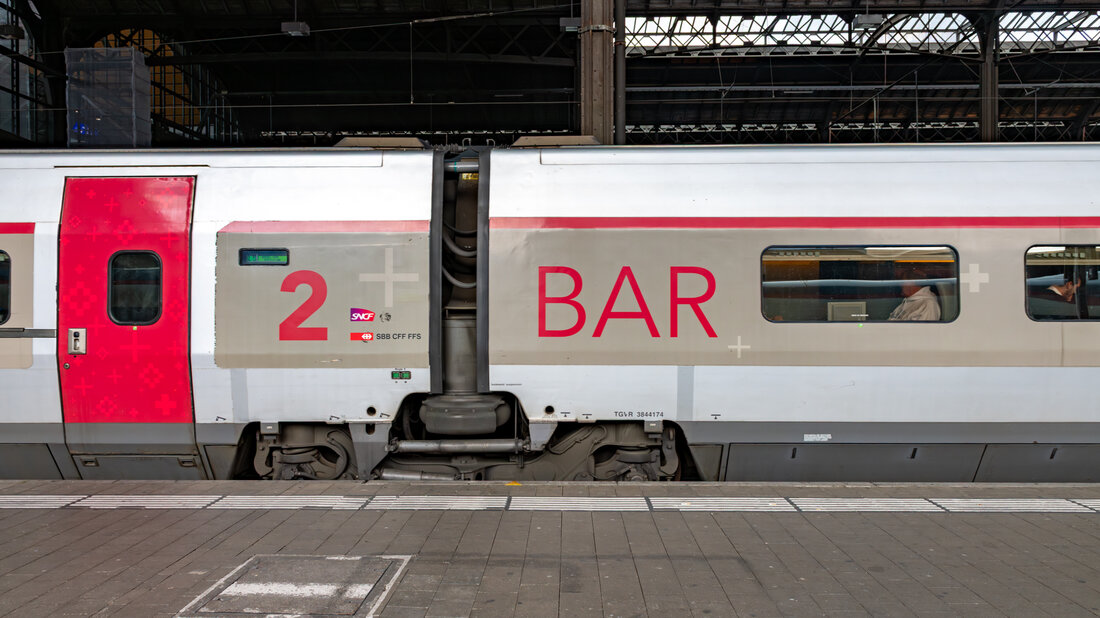
Freight trains can be separated
The situation is different for many freight wagons, which are connected through a screwlink coupling. These can also be separated under operating conditions. In June 2011, a freight train with lorry semi-trailers caught fire in the Simplon Tunnel. Here, the intervention units of the Swiss Federal Railways and the Bern-Lötschberg-Simplon railway managed to uncouple four wagons not yet affected by the fire as well as the two locomotives and pull them out into the open with a diesel locomotive.
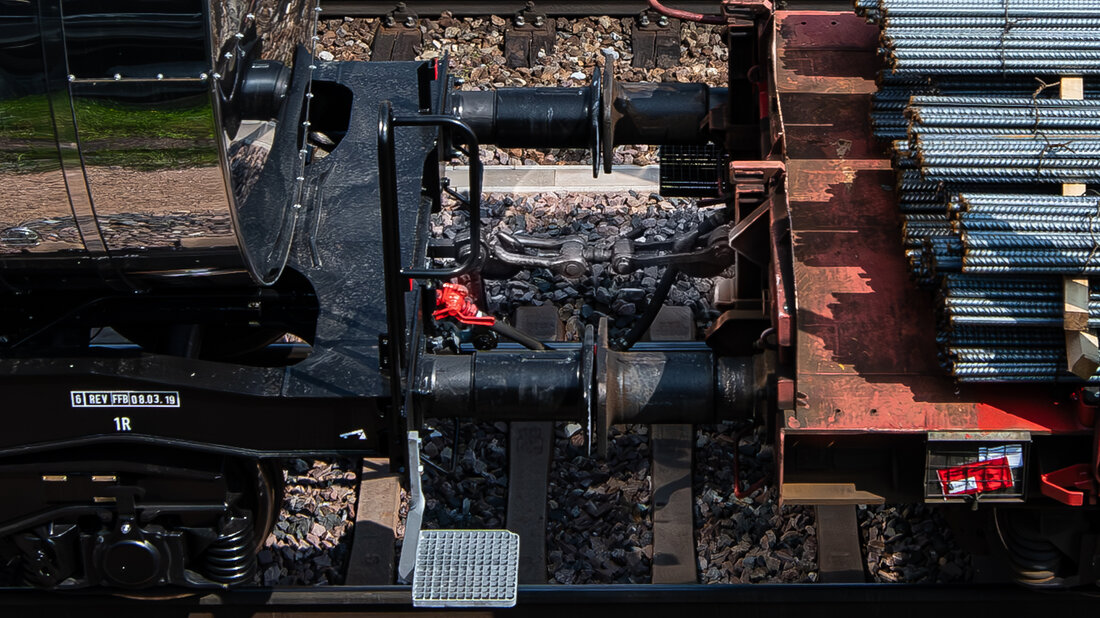
Releasing the coupling is not enough
In our officer courses, it is often argued that at least loosening a screw coupling should be possible without specialised knowledge. Although this would be possible, further requirements must be met for the clutch to be released safely and sensibly.
- Firstly, the detached train section cannot drive out of the tunnel on its own, as the overhead lines are grounded. For this reason, a diesel locomotive is needed to supply the part of the train to be saved with compressed air to release the brakes and pull it out of the tunnel.
- Secondly, the part of the train that remains in the tunnel must be adequately secured against rolling away before the coupling is released.
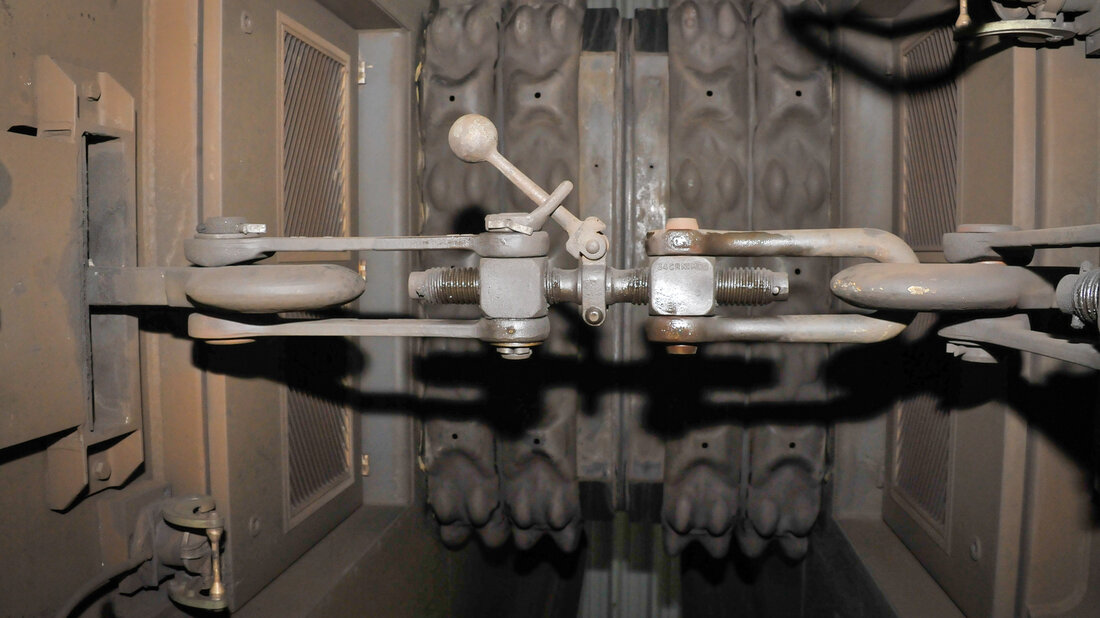
Often impossible and always very difficult
Conclusion: The separation of a passenger train in a tunnel is technically impossible or at least extremely difficult under operating conditions, depending on the car type. Separating a freight train can be a tactical option. However, this only applies to «railway fire services» such as SBB Intervention, whose members are both proficient in firefighting and have the necessary technical railway knowledge and skills.


